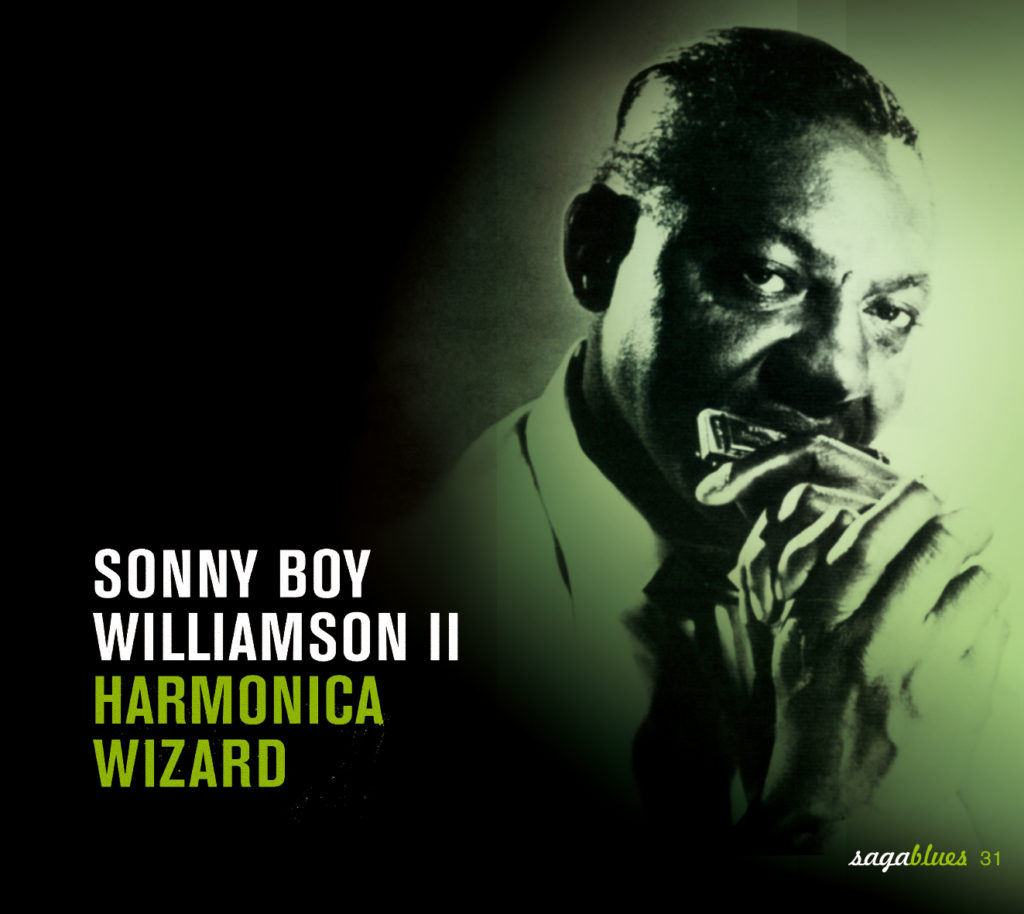
31 Sonny Boy Williamson II – Harmonica Wizard
A pathological liar, a cunning storyteller with a strong manipulative streak… No phrase can fully describe the disputable personality of this outstanding creator and true genius who chose the harmonica as his passport out of the harsh reality of the mid-20th century South. A talented guitarist and drummer, Sonny Boy favored this toy-like instrument because he could take it everywhere. In the end, it was the harmonica that took him halfway across the planet. After roaming Delta juke joints alongside the legendary Robert Johnson and before tutoring a young Eric Clapton in bluesology, Sonny Boy left his mark on the world with a handful of Trumpet and Checker recordings the best of which are gathered on this stellar set.
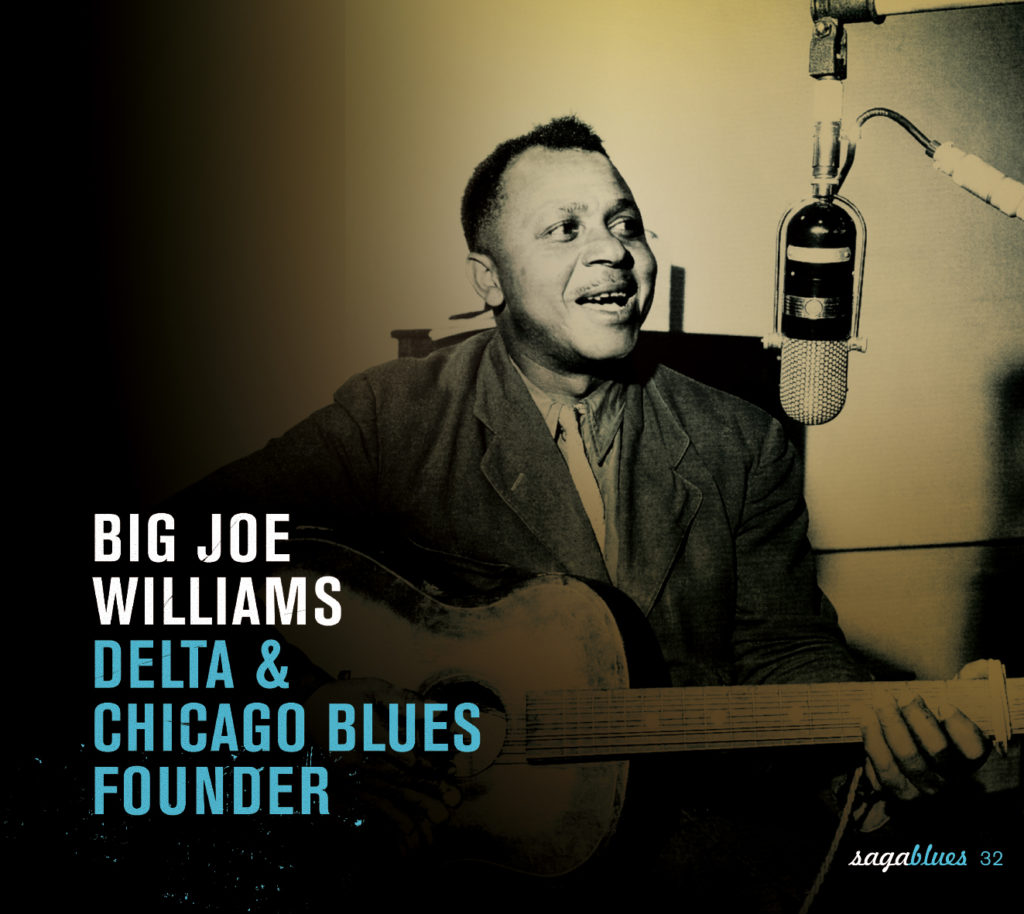
32 Big Joe Williams – Delta & Chicago Blues Founder
Big Joe Williams died in 1982, whether he was born in 1893, 1899 or 1903 – all dates given at various times – and his incredibly harsh, crude Delta style made him almost an inevitable figure in international blues festivals held in the decade 1960-70. He had a nine-string guitar which he’d reinforced with tape (he’d patented his improbable invention), and when he dwarfed it with his stocky silhouette – notable for its gigantic Stetson and equally-imposing portliness – Big Joe wielded unrivalled hypnotic power over the most sundry audiences.
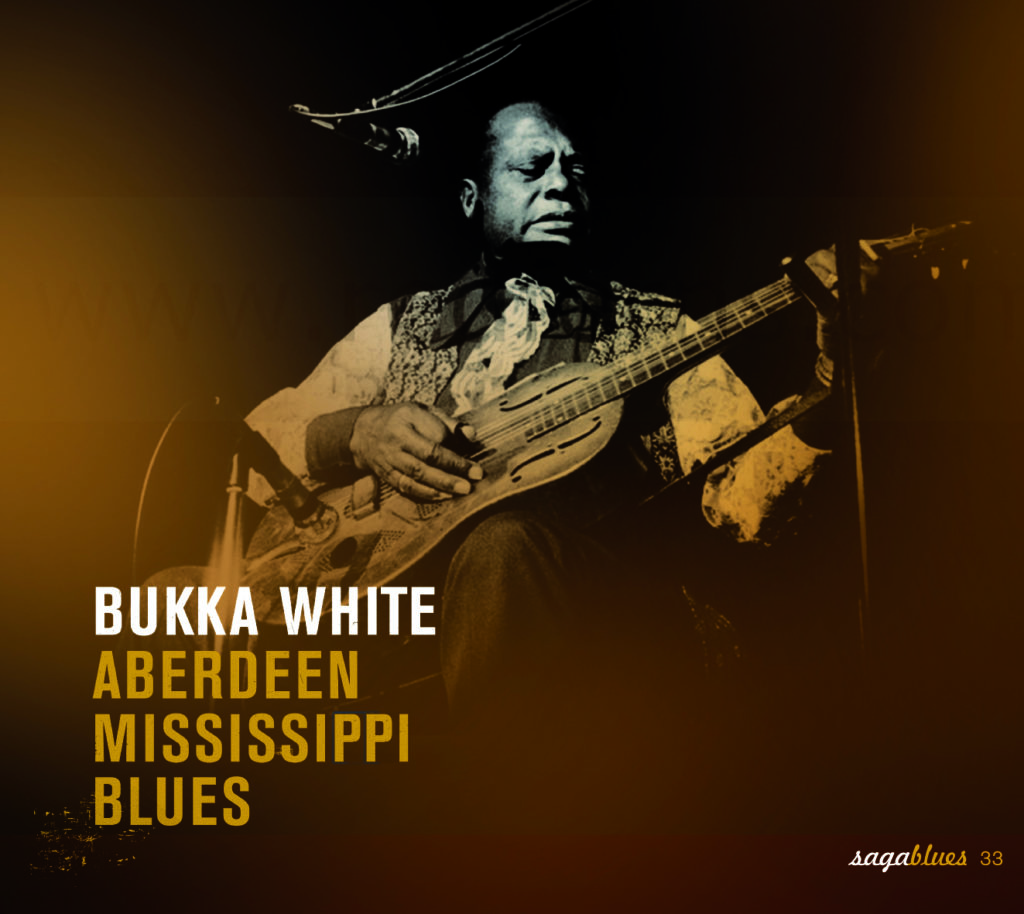
33 Bukka White – Aberdeen Mississippi Blues
Le chanteur et guitariste Bukka White est l’un des plus grands bluesmen du Delta et, par extension, de toute l’histoire du blues. Cela va de soi si l’on sait que cette musique est née, pour l’essentiel, et s’est développée dans cette partie du Mississippi, en plein deep south. Il fallait des hommes au caractère trempé, des personnages hors du commun pour forger et véhiculer une forme musicale populaire aussi enracinée et unique, la faire connaître au gré d’hasardeuses pérégrinations, et enfin la graver dans le disque pour l’éternité. La musique de Bukka White, d’une densité, d’une puissance et d’une force d’expression rarement égalées, témoigne, avec une troublante vérité, de la lutte de l’homme noir dans un monde hostile. L’intégrale de ses faces d’avant-guerre ici réunie représente une somme de pièces magistrales à couper le souffle.
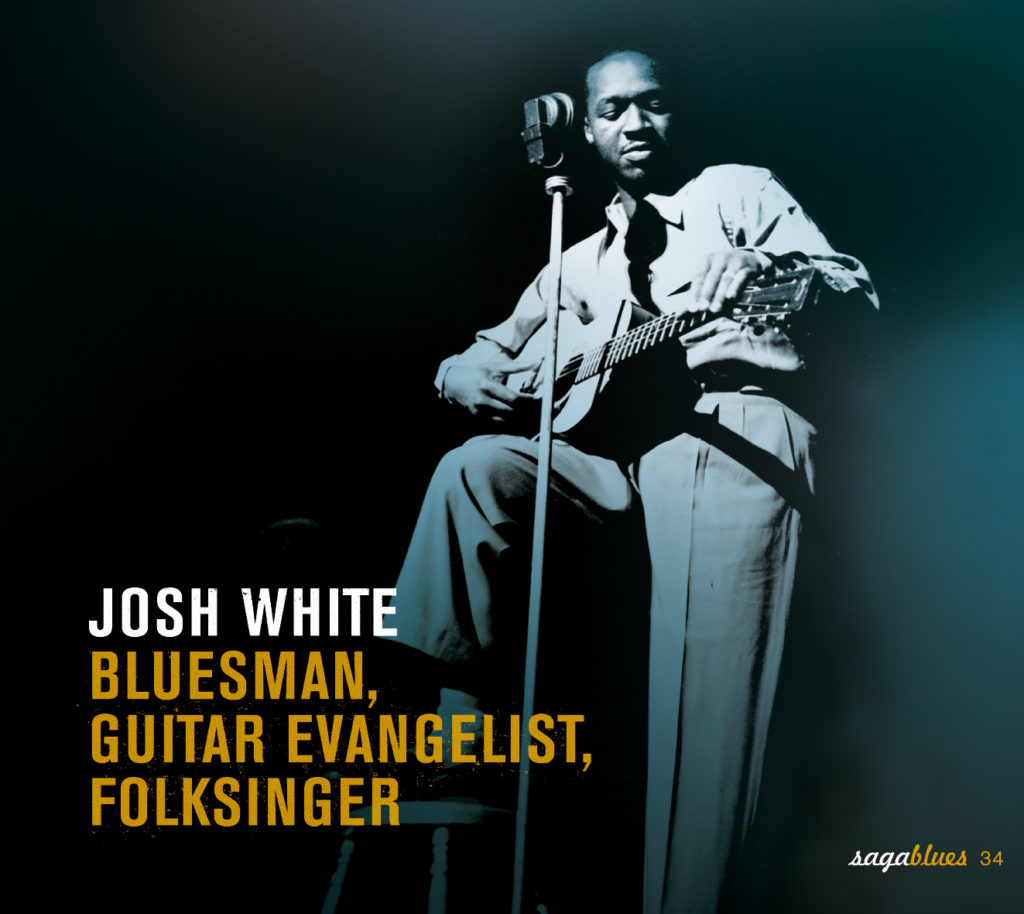
34 Josh White – Bluesman, Guitar Evangelist, Folksinger
After being praised to the skies by critics and public alike in the Forties and Fifties, Josh White (1915-1969) later lost favour with blues fans who deemed the artist too sophisticated to be authentic, especially when they compared him with the giants of Delta blues they’d recently “rediscovered”.
White, however, is certainly one of the great figures of 20thcentury African-American popular music; to begin with, he and Blind Blake were indubitably the two founders of the Appalachian Piedmont or East Coast blues style. His nimble-fingered guitar-playing was bold and inventive, and he had a crystalline sound and unique vibrato then equalled only by Lonnie Johnson; it earned White enormous popularity with Black audiences. In parallel, Josh was a fervent Christian and de facto pupil of the itinerant evangelist Big Blind Man, and he recorded almost as many gospel pieces (often under the name The Singing Christian) as he did blues songs, some of which, like Jesus Gonna Make Up My Dying Bed,became standards in the genre.
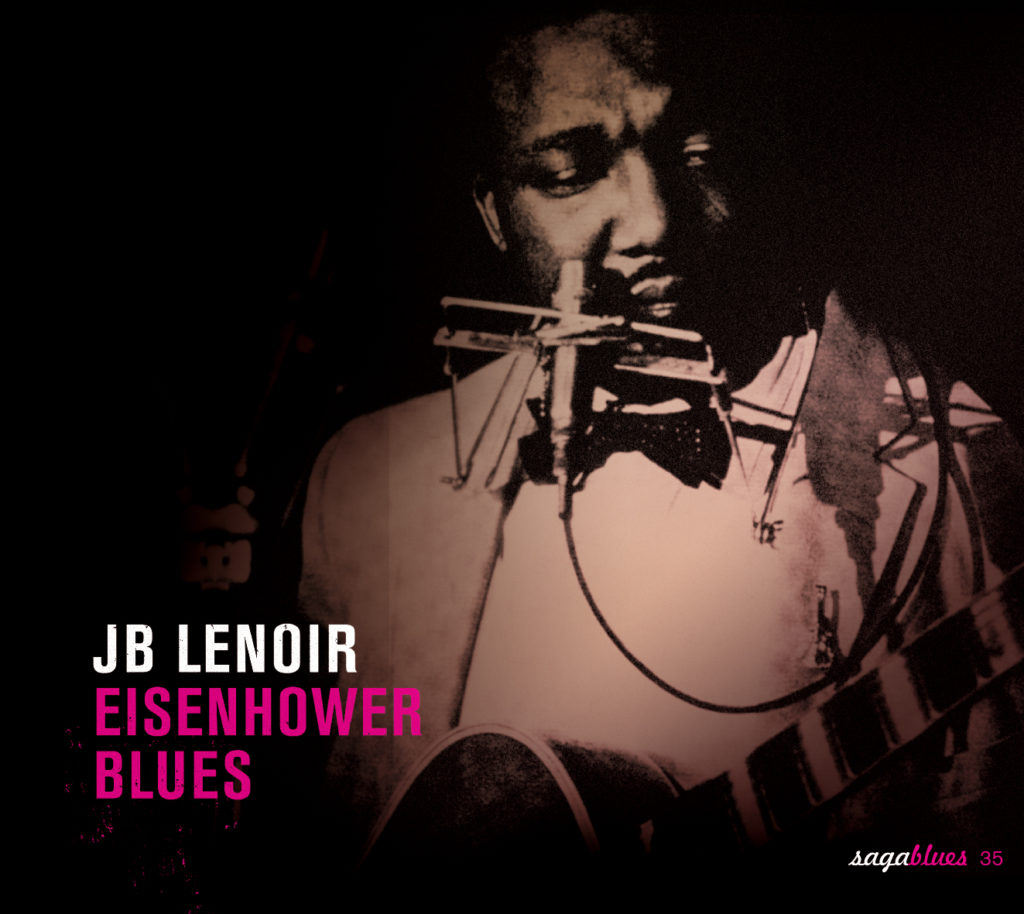
35 J.B. Lenoir – Eisenhower Blues
The social consciousness present in the songbook of this Mississippi native makes him stand out in the history of the blues. In the early postwar period, his unusual guitar style and high-pitched voice endeared him to the leading actors of the Chicago blues scene of the day, starting with Muddy Waters, Little Walter, and Willie Dixon. Celebrated for his controversial songs about the White House and the war in Korea, Lenoir was also famous among ghetto dwellers for his dance-oriented numbers, starting with the classic “Mamma Talk to Your Daughter.” J.B. recently came back in the public eye thanks to the film “Soul of a Man” directed by Wim Wenders, and the present album should truly reveal the stature of this Chicago blues giant.
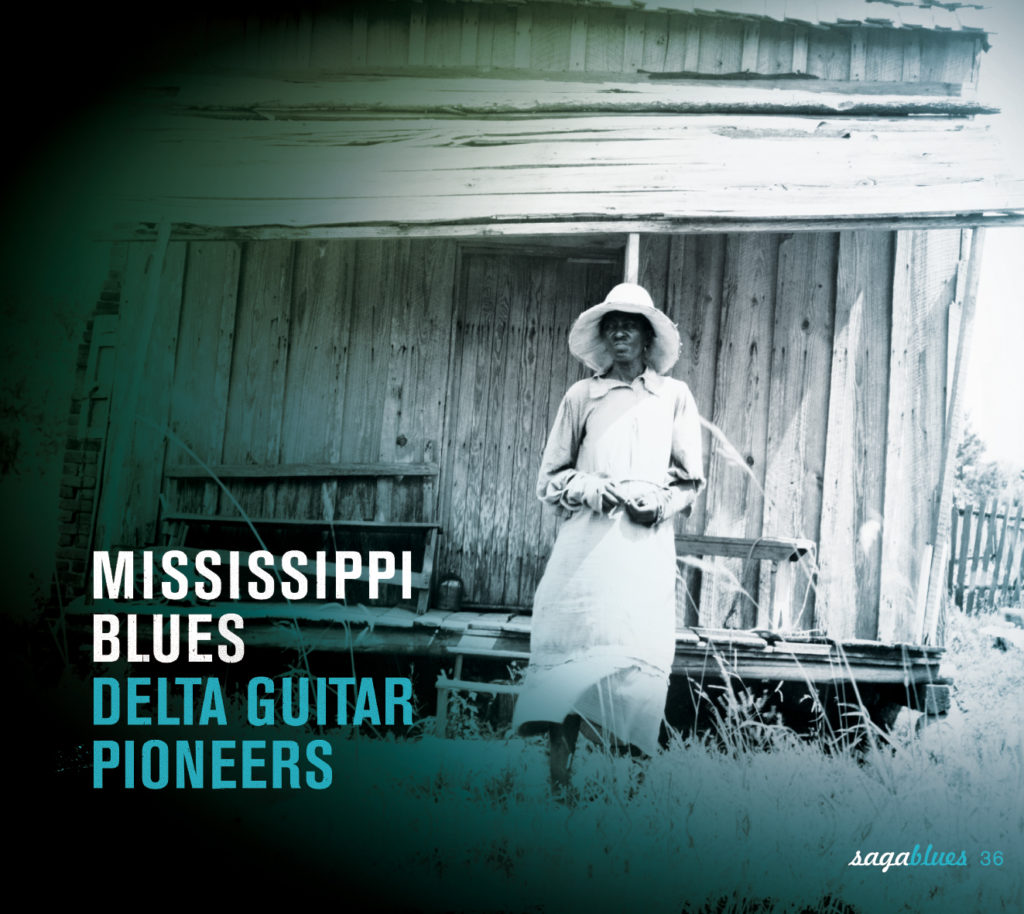
36 Mississippi Blues – Delta Guitar Pioneers
This music is now so familiar to us that it’s difficult to believe that the blues, which provided the foundations for rock and thereby conquered the world, was originally formed in and around a little triangle of land known as the Delta. This Delta is the one that music fans and historians refer to in describing the little isosceles triangle positioned upside down with its apex in Vicksburg, where the Yazoo and Mississippi rivers converge, and its base along the northern border of the State of Mississippi, just below Memphis, Tennessee. Linking this base with the apex are the two sides formed by the river itself – which constitutes the Arkansas border on the left – and the Yazoo on the right. In the middle runs the famous Highway 61 that took emigrants north. From this little parcel of land came the immense majority of History’s bluesmen: from Charley Patton, Big Bill Broonzy and Robert Johnson, to Muddy Waters, John Lee Hooker, B.B. King and the others.
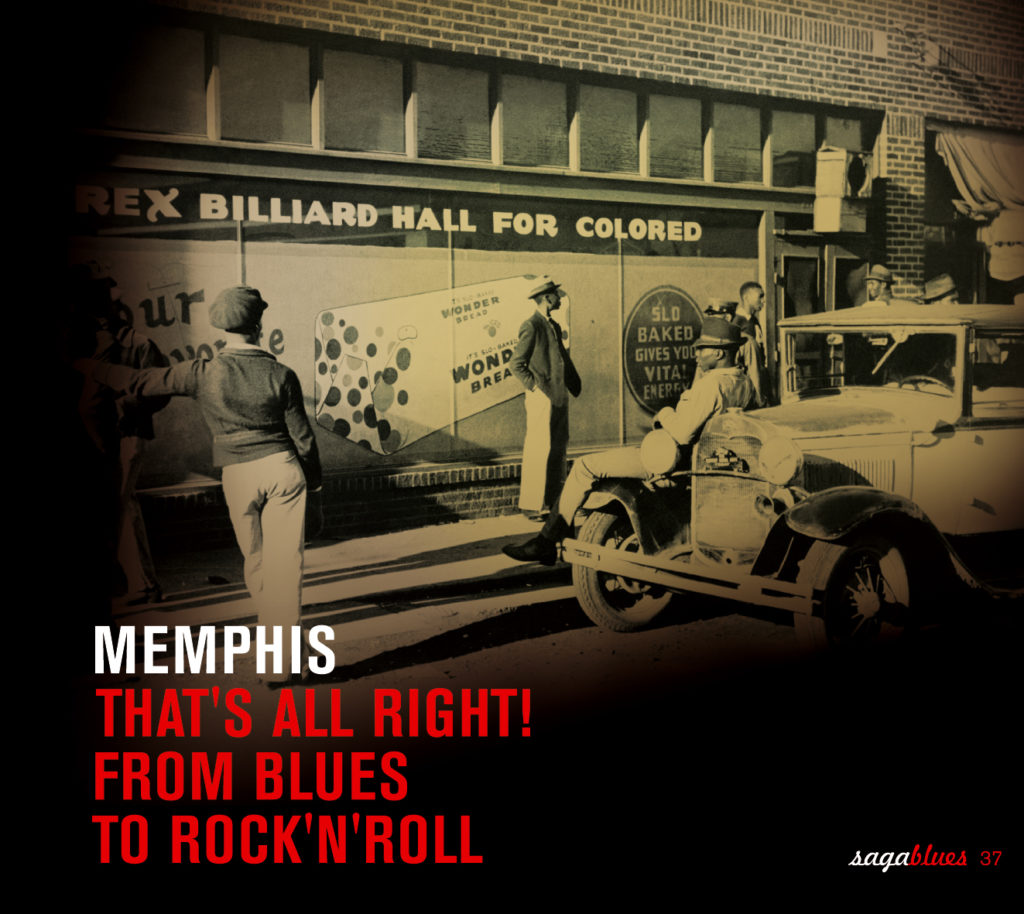
37 Memphis – That’s Alright! From Blues to Rock ‘n’ Roll
If Memphis is remembered as the place where Elvis Presley ignited the rock’n’roll revolution in the mid-fifties, the city is forever linked to the rise of the musical idiom that shaped the future of western popular music, the blues. From the colorful bards of the roaring twenties (Furry Lewis, the Memphis Jug Band, Memphis Minnie) and the one-man-band figures who performed for change on the sidewalks of Beale Street to the inventors of modern electric blues (Howlin’ Wolf, B.B. King, Little Milton), the main purveyors of the blue note ruled over the nights of Memphis before this great cotton capital became a haven for soul music.
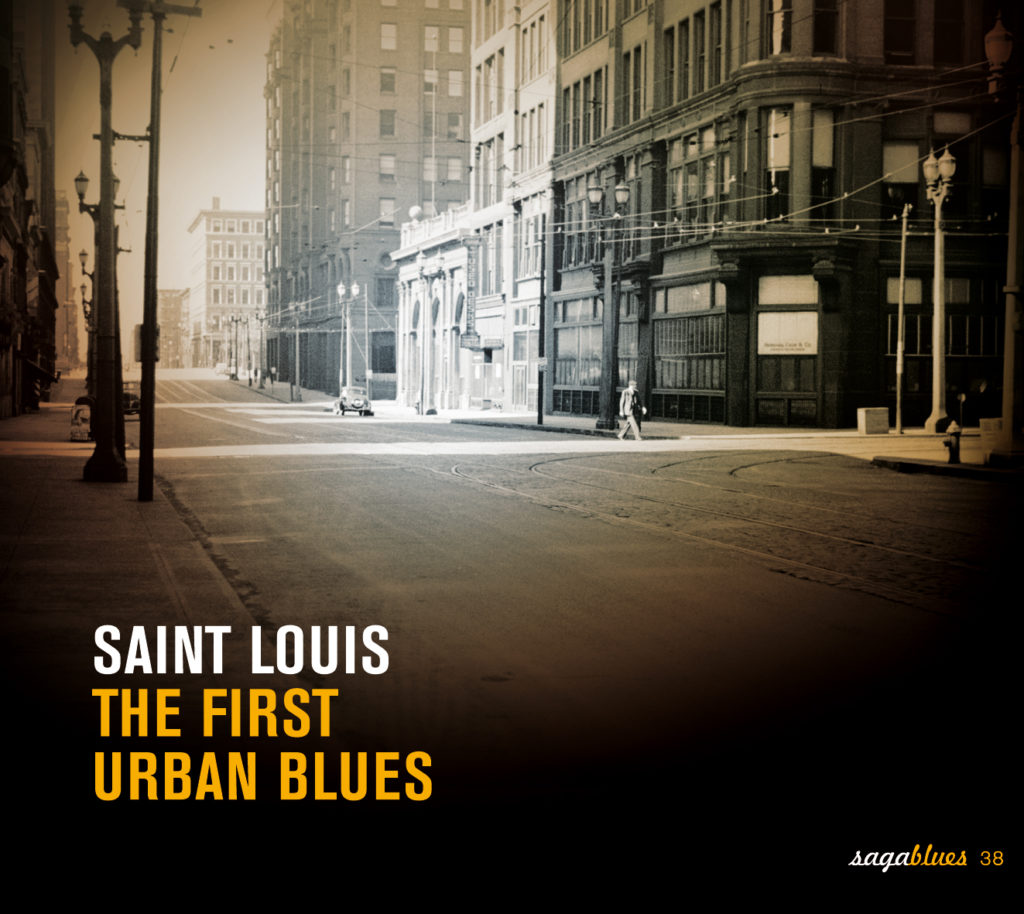
38 Saint Louis – The First Urban Blues
Saint Louis had never had a recording-studio, and during the blues’ migration from southern plantations to the northern city of Chicago, it was always considered to be just another stopover. It was forgetting that the first Chicago blues was imagined, tried, tested and strengthened in the highly-populated Black ghetto of Saint Louis that they called “The Valley,” the womb of pre-war urban blues. The birth of a genuine Saint Louis blues style dates back to the terrible racist confrontations that took place between Black and White workers in 1917. Black workers were on the losing side in those drawn-out riots, and much blood was shed. The East Saint Louis ghetto fell back on itself: whether they were Blacks who were poor or just getting by, recent rural immigrants or older residents of the city, proletarians or middle-class citizens, all suffered from the same racist climate and they were either confined or rejected. The pianists leagued together with the guitarists to create a sombre, almost lugubrious blues form that had a tragic essence, even on up-tempo numbers, and its impact on the large cities of the north – especially Chicago, Detroit and New York – was enormous.
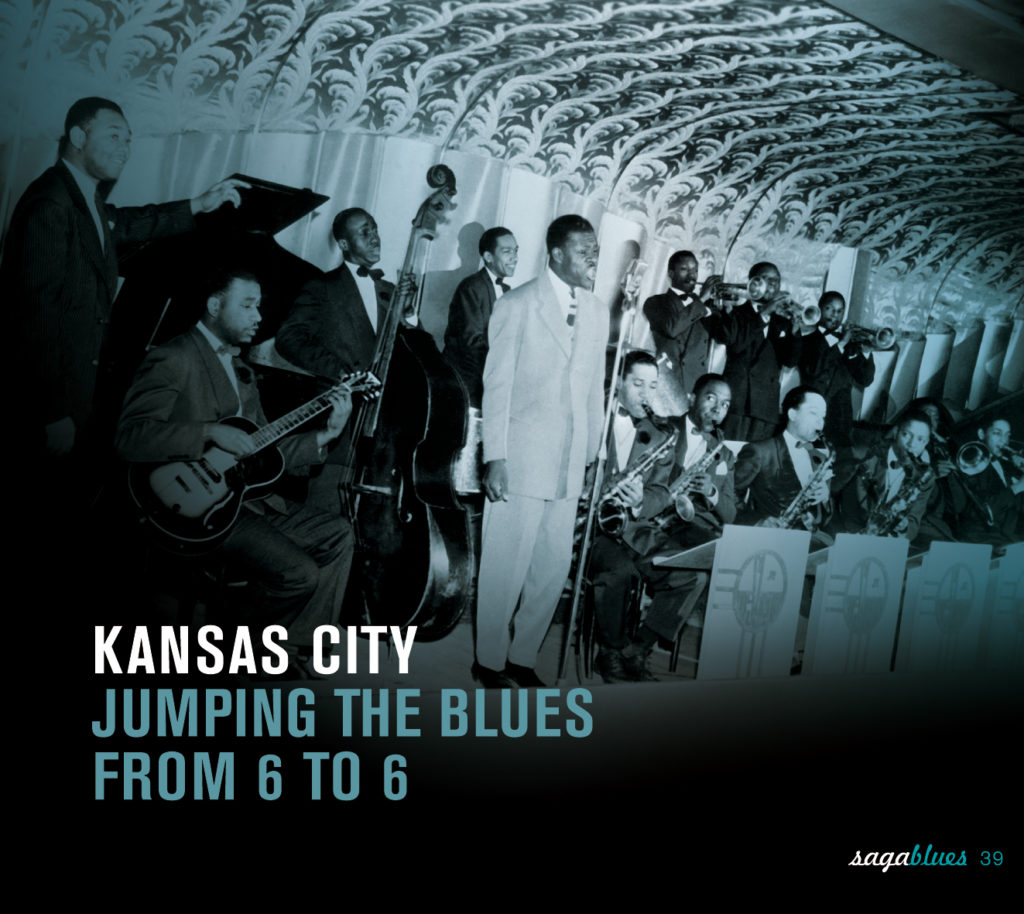
39 Kansas City – Jumping the Blues from 6 to 6
Kansas City was founded on the site of an Indian camp between 1821 and 1826 by a Frenchman, François Chouteau; for along time it remained a simple trading-post on the Santa Fe trail along the Missouri River, but with the coming of the railroad the city grew into a large livestock centre with slaughterhouses and, later, industry. By the beginning of the 20thcentury its population numbered a quarter of a million.
From the earliest days of the 20thcentury, K.C drew an immigrant Black population. A Black quarter grew up in K.C. around 18th and Vine, with a myriad of clubs offering entertainment, varied other pleasures, and of course music, notably a highly-bluesy kind of jazz characterized by strongly-accented rhythms; the piano was preponderant, fronting a largish orchestra with several brass instruments playing continuous riffs that provided a foundation for soloists to improvise. Not the least of the style’s traits was a perpetual, bouncing switch in the time-signature, known as the famous “Kansas City bounce”.
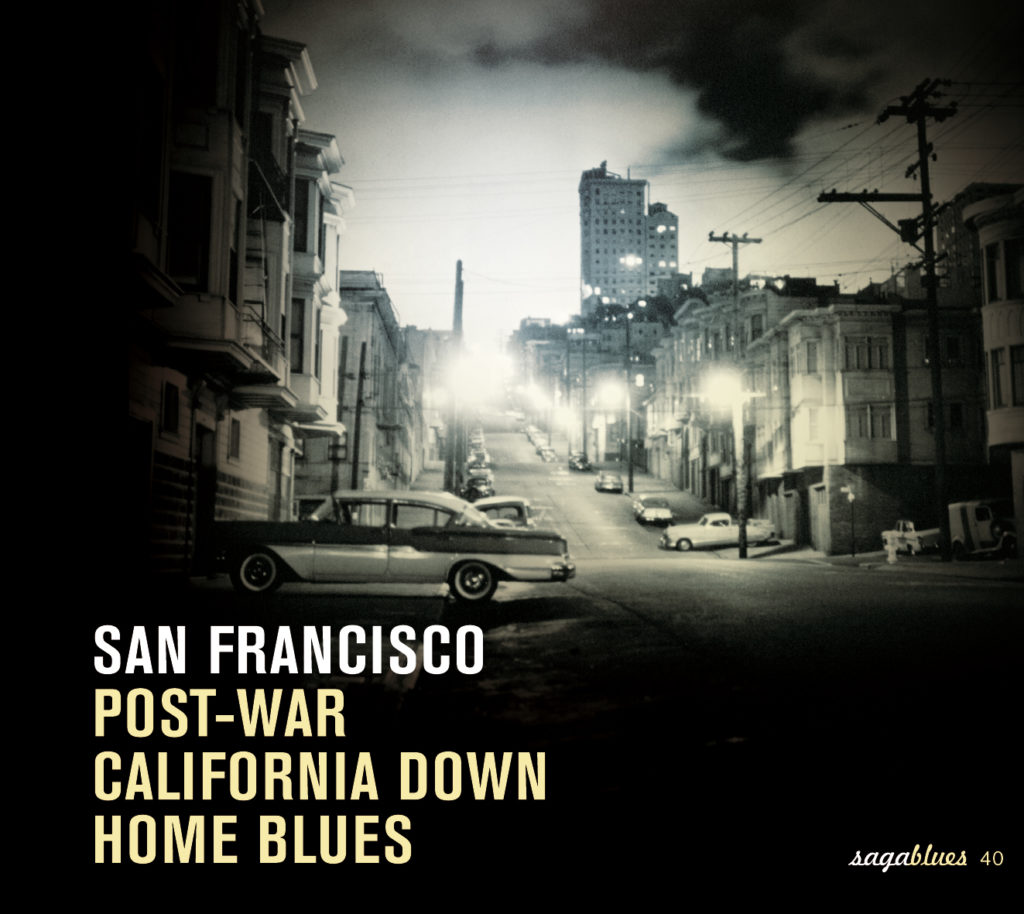
40 San Francisco – Post-war California Down Home Blues
The blues played on America’s western seaboard is generally grouped under one of two headings, either “California” or “West Coast” blues, but a special place must be reserved for the Black music played in the San Francisco Bay area, and particularly in the cities of Richmond and Oakland, which saw a massive influx of Black immigrants both during and after the Second World War.
San Francisco was originally a mission founded by the Spaniards in the 17thcentury, and for a hundred years it remained a small harbour providing shelter for just a few vessels. By the time it was annexed by The United States in 1848 however – and especially with the Gold Rush that followed – the town had become a great port bustling with activity; even after the earthquake of 1906, which razed Frisco to the ground, both the seaport & city made a dynamic recovery. For a long time, however, the Black population remained small, as Jesse Fullerpointed out (listen to him here on Leaving Memphis, Frisco Bound); he’d been an actor in silent-films in Hollywood, and later settled in San Francisco where he remembered being one of the few active coloured musicians…
